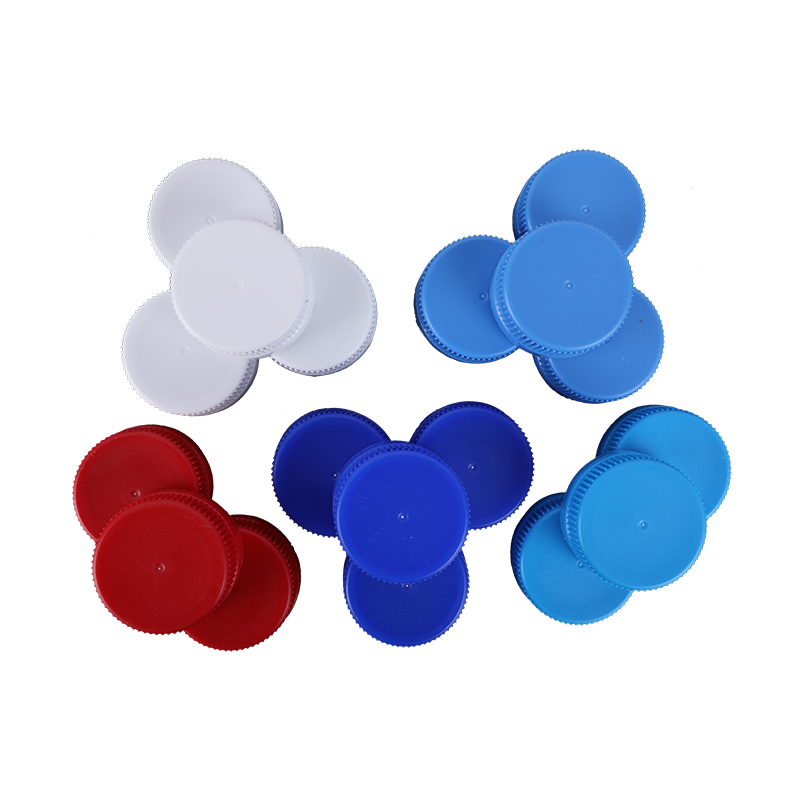I believe that we are very familiar with the plastic bottle cap. We can see it on every plastic beverage bottle, but we only know its use. Do you know what kind of classification it has? It mainly includes screw cover, snap cover and welding cover, etc., and the manufacturing process and function of different covers are also different. In this article, the small editor around the basic classification of plastic bottle caps, as well as its specific production process to do a detailed introduction, interested friends to have a look!
Basic classification of plastic bottle caps:
1. Screw cap
As the name implies, the cover refers to the cover through its own thread structure, and the container is connected and matched by rotation. Due to the advantages of screw thread structure, the screw cap can produce relatively large axial force through the bite between the threads when it is screwed, so it is convenient to realize the self-locking function.
2. Snap cover
The cover which can fix itself on the container through the structure of claw is generally called the buckle cover. The snap cover is designed based on the high toughness of the plastic itself.
During the installation, the claw of the snap cover can deform temporarily under certain pressure. After that, under the elastic action of the material itself, the claw quickly returns to its original state and holds the mouth of the container tightly, so that the cover can be fixed on the container.
3. Welding cover
Through the structure of welding ribs and other structures, the bottle mouth part is directly welded on the soft package by means of hot melting, which is called welding cap. In fact, it is a derivative of the screw cap and the snap cap. It only separates the liquid outlet of the container and assembles it on the cover.

Production process of plastic bottle cap:
1. Production technology of pressure plastic bottle cap
(1) There is no material mouth mark on the pressure plastic bottle cap, it looks more beautiful, the processing temperature is low, the shrinkage is small, and the bottle cap size is more accurate.
(2) Put the mixed material into the press, heat the material to about 170 ℃ in the machine, turn it into a semi plasticized state, and quantitatively extrude the material into the mold. The upper and lower dies are closed and pressed into bottle cap shape in the mold.
(3) The bottle cap formed by pressing is left in the upper mold, and the lower mold is removed. The bottle cap passes through the rotating disc, and the bottle cap is taken off from the mold in the counterclockwise direction of the internal thread.
(4) After the bottle cap is molded, it is rotated on the machine, and the anti-theft ring connecting the bottle cap by multiple points is cut at 3mm of the bottle cap edge with a blade.
2. Injection molding process of injection bottle cap
(1) The mixed material is put into the injection molding machine. The material is heated to about 230 ℃ in the machine to become a semi plasticized state. It is injected into the mold cavity by pressure, and then cooled and shaped.
(2) The bottle cap cooling shortens the anti clockwise rotation movement of the mould, and the bottle cap is ejected under the effect of pushing plate to complete the automatic dropping of the bottle cap. The screw thread rotation demoulding can ensure the complete molding of the whole thread.
(3) After cutting the anti-theft ring and installing the sealing ring in the cap, a complete bottle cap is produced.
(4) After tightening the bottle cap, the bottle mouth is deepened and the cap top is connected to the sealing gasket. The inner measuring groove of the bottle mouth and the screw thread of the bottle cap are closely touching each other. Several sealing structures can be useful to avoid material leakage or deterioration in the bottle.
https://www.plastic-bottle-caps.com/